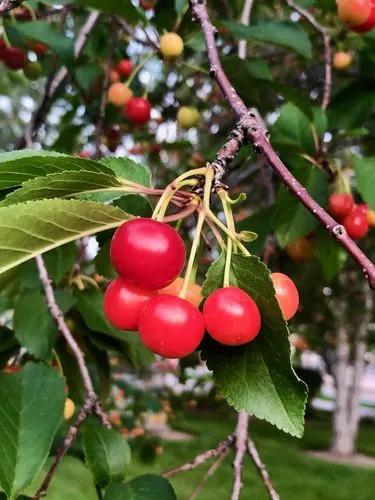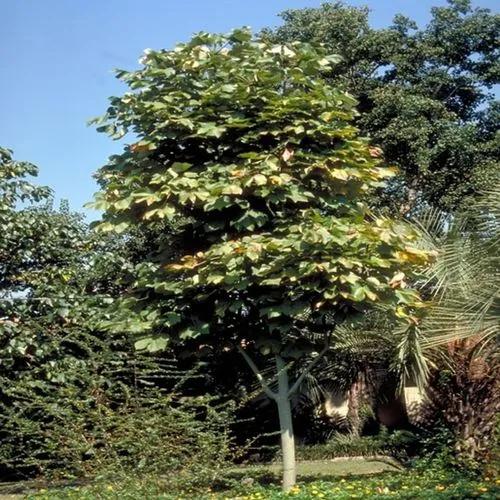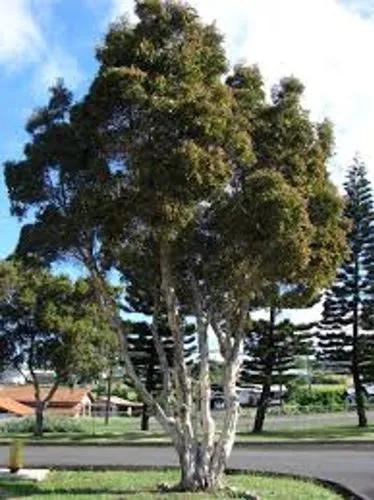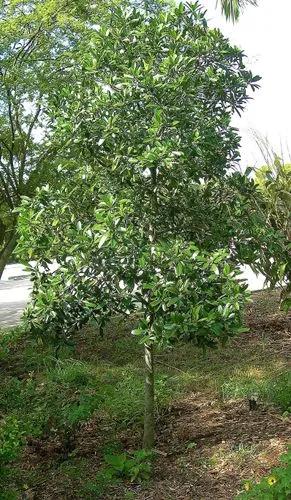Cider gum is a beautiful aromatic addition to your garden that will shy away from the fear of attracting pests. With its evergreen leaves, it will sweeten the air around it and will make a great shade spot at maturity. This tree gets extra bonus points because you can use its leaves for medicinal purposes, decor around the house, or even flower arrangements.
Cider Gum Care
Eucalyptus gunnii



Eucalyptus Gunnii, or Cider gum, is the fastest-growing type of Eucalyptus trees native to Australia. Its round leaves are silvery-blue when they first appear, reaching a deeper shade of silver-green at maturity. On average, the tree grows up to 59 ft (18 m), and it blooms with rich white flowers in spring. Cider gum can also be planted indoors as a fragrant ornamental tree if pruned regularly.
How to Care for the Plant

Water

This plant loves moisture, so it needs to be watered properly, especially in its early years of growth. Water it early in the morning or at night by irrigation and leave the surface of the soil to dry before watering again. The same water frequency applies if you have the tree potted. Cider gum does not like waterlogged soil, so make sure water drains properly in the container.

Pruning

Prune in late fall or early spring to maintain proper growth. The most common method is pinching, where you cut the tips of the plant to promote branching, and it is especially applied to young trees. Thinning is also a good practice to maintain its shape, as the tree can get pretty wide if not pruned. Thinning can promote better airflow and more light to pass through the tree, and it’s done mostly on dead branches or branches affected by the disease.

Fertilizer

When planted outside, cider gum does not need fertilizer very often, once every few years at maturity. Use a water-soluble fertilizer and, for young plants, make sure this fertilizer has enough phosphorus, which is ideal for its growth. For potted trees, fertilize at the beginning of spring.

Sunlight

Cider gum is a sun lover, so it will thrive in direct full sun for at least 6 hours a day. Do not plant/spot it in shaded areas.

Soil

Cider gum prefers fertile, well-draining soil with a pH of 4.5 to 7.5. Look for clayey loam soil when planting, as this locks the moisture but also drains properly. If planted inside, use a potting mix with garden sand, peat moss, and loam.

Propagation

There are two methods of propagation for Cider Gum. One is from seeding, which is the easiest way of doing it. Take the seeds in late spring and cover them with plastic in a shady spot. You can also plant the seeds directly in the container in which the tree will grow before reaching maturity, so you don’t worry too much about transplanting the young plants.
The second method is propagation by cuttings. This was less efficient than the seeds method, as the cut branches must remain in temperatures of 80-89 ºF (27-32ºC) to develop roots and require rooting hormone and perlite.

Temperature

If the winters in your area get very cold, you might reconsider planting a cider tree outside and opt for planting inside in a container. This tree is susceptible to frost, and it does not do very well in temperatures that drop below 23ºF (-5ºC).

Container

Choose a big container that can accommodate the roots of the trees, and make sure this container has drainage holes. When planting outside, plant it in a spot where the growth will not be restricted, so keep it at a reasonable distance from buildings. Choose a spot that is not very windy.

Fun fact

The leaves of this tree give essential oils that can be used to treat respiratory diseases or nausea or simply for aromatherapy. In Tasmania, people used it to produce a beverage called “way-a-linah”.

Popularity

6,876 people already have this plant 694 people have added this plant to their wishlists

Common pests

Phytophthora, Powdery Mildew, and heart rot can occur occasionally. You can easily get rid of the pest by cutting the affected branches. Look out for red dots on the leaves, as this can mean insect infestation, but you can easily treat it with normal insecticide. Note that it is normal for older leaves to become red before falling, so make sure you don’t confuse them with infested leaves, or you might give yourself extra unnecessary work.

Frequent diseases


Botanist’s tips

Discover more plants with the list below
Related articles






